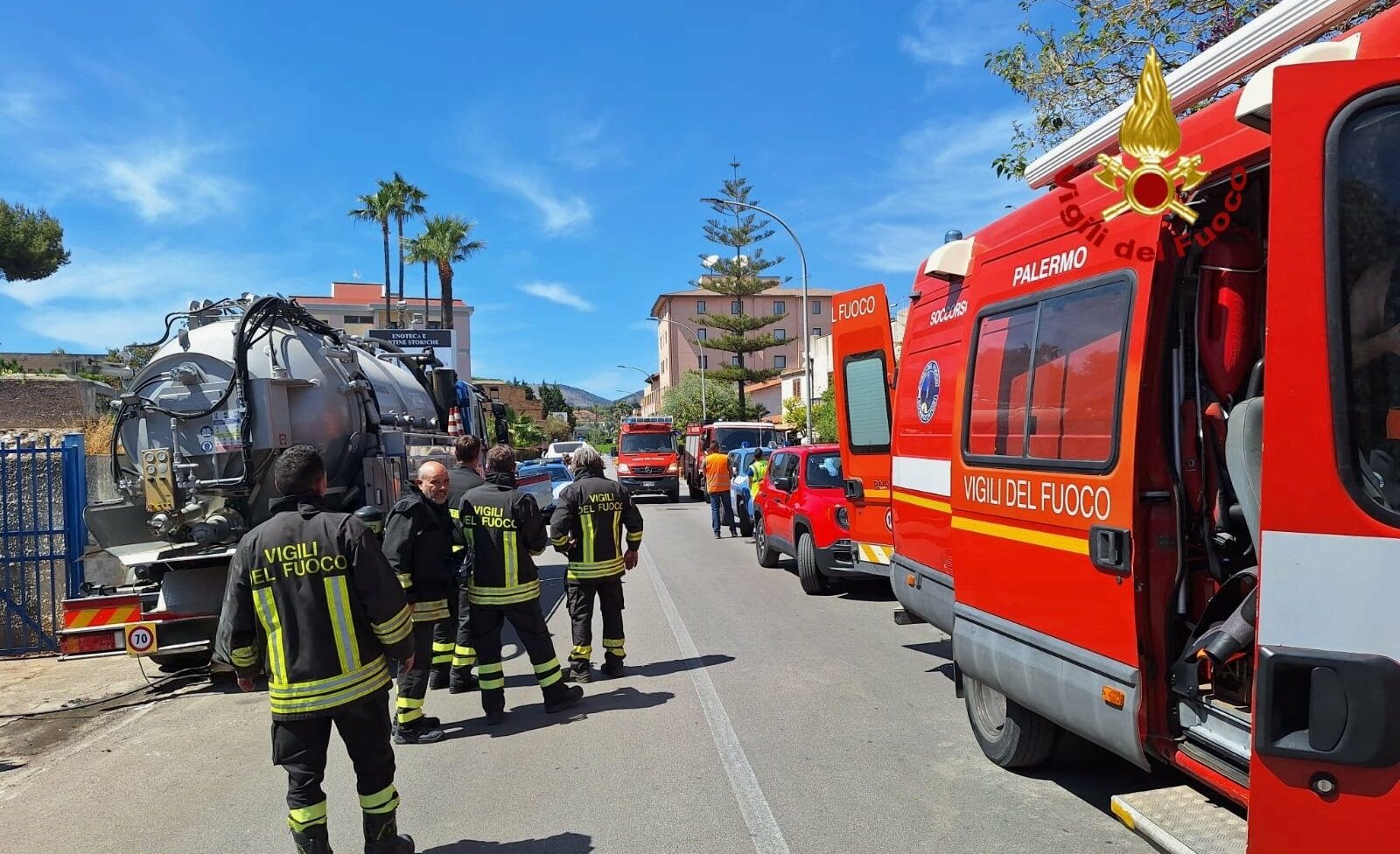The Casteldaccia massacre? Here is what the legislation provides for “suspected and confined” environments

After the Casteldaccia massacre, it will be necessary to verify whether all the required obligations have been fully observed. And with a substantialist method. Maurizio Sacconi 's point
The Casteldaccia massacre arouses collective emotion and many questions because in 2011, after yet another multiple fatal accident, a decree was produced qualifying companies operating in "suspected or confined" environments.
Presidential Decree 177/2011 introduced measures to protect the health and safety of workers who carry out activities in workplaces characterized by a particularly high risk of accidents, such as silos, tanks, tunnels and the like, in which particularly serious accidents at work had occurred , with repetitive and dramatic accident dynamics. The provisions require all companies and self-employed workers who can carry out work activities in these environments to have a specific list of qualification requirements.
In particular:
- the need for the full application of the previous obligations regarding risk assessment, health surveillance and emergency management measures
- the obligation for all workers to undergo health surveillance and training courses
- the obligation for each company to have expert personnel, in a percentage of no less than 30% of the workforce, with at least three years' experience in activities in "confined environments", hired with an employment contract or with other contracts (in this second case certified ) with the need for the person in charge, who supervises the work group, to have this experience in any case
- the obligation to proceed with specific information and training with verification of concrete learning
- the obligation for employers and self-employed workers to possess personal protective equipment (e.g.: protective masks, safety harnesses, etc.), tools and work equipment (e.g.: gas detectors, respirators, etc.) suitable for preventing specific risks with consequent training activities on their correct use
- carrying out training activities for all staff employed in relation to the specific safety and emergency procedures that must be applied in these contexts
- full compliance with the obligations regarding the Single Contribution Regularity Document
- compliance with the economic and regulatory part of sector negotiations, including the payment of any contribution to the relevant bilateral body
- the client's duty to transmit all the information on the characteristics of the places, what has been contained there, what type of reactions can develop in the event of improper workmanship and, finally, what the emergency procedures are to be applied in the event of an accident at work, all for a sufficient and adequate period and, in any case, not less than one day
- The obligation for the client to identify its own representative, adequately trained and trained, who supervises the activities to ensure the best coordination and limit the "risk of interference" of the work.
It will now be a question of verifying whether all these requirements have been fully observed. And with a substantialist method.
Maurizio Sacconi
This is a machine translation from Italian language of a post published on Start Magazine at the URL https://www.startmag.it/economia/strage-casteldaccia-normativa-ambienti-sospetti-inquinamento/ on Tue, 07 May 2024 05:15:16 +0000.
